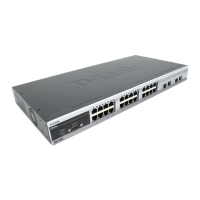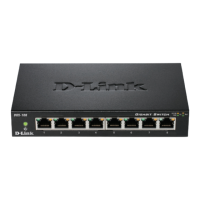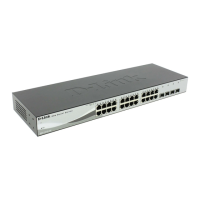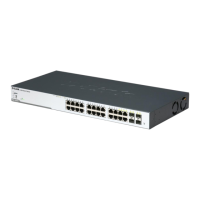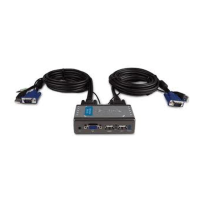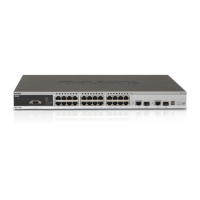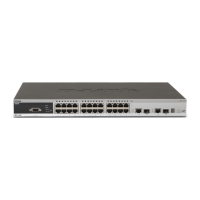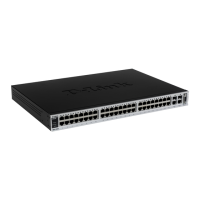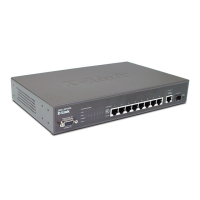xStack
®
DES-3500 Series Layer 2 Stackable Fast Ethernet Managed Switch User Manual
202
CPU Filtering Settings
Figure 7- 63. CPU Filtering Settings window
ARP Spoofing Prevention
ARP spoofing, also known as ARP poisoning, is a method to attack an Ethernet network which may allow an attacker to sniff data
frames on a LAN, modify the traffic, or stop the traffic altogether (known as a Denial of Service – Dos attack). The principle of
ARP spoofing is to send the fakes, or spoofed ARP messages to an Ethernet network. Generally, the aim is to associate the
attacker’s or random MAC address with the IP address of another node (such as the default gateway). Any traffic meant for that IP
address would be mistakenly re-directed to the node specified by the attacker.
This table is used to adjust the CPU Filtering
Settings. This table allows the user to Enable
or Disable a number of settings for different
ports on the Switch including; RIP, OSPF,
VRRP, PIM, DVMRP or IGMP Query.
Select the settings you wish to change for
individual ports or port ranges and click
Apply the changes can be viewed in the CPU
Filtering Status – L3 Control Packet table
on the lower have of the screen.
To view this window, click Security
Management > Filter > CPU Filtering
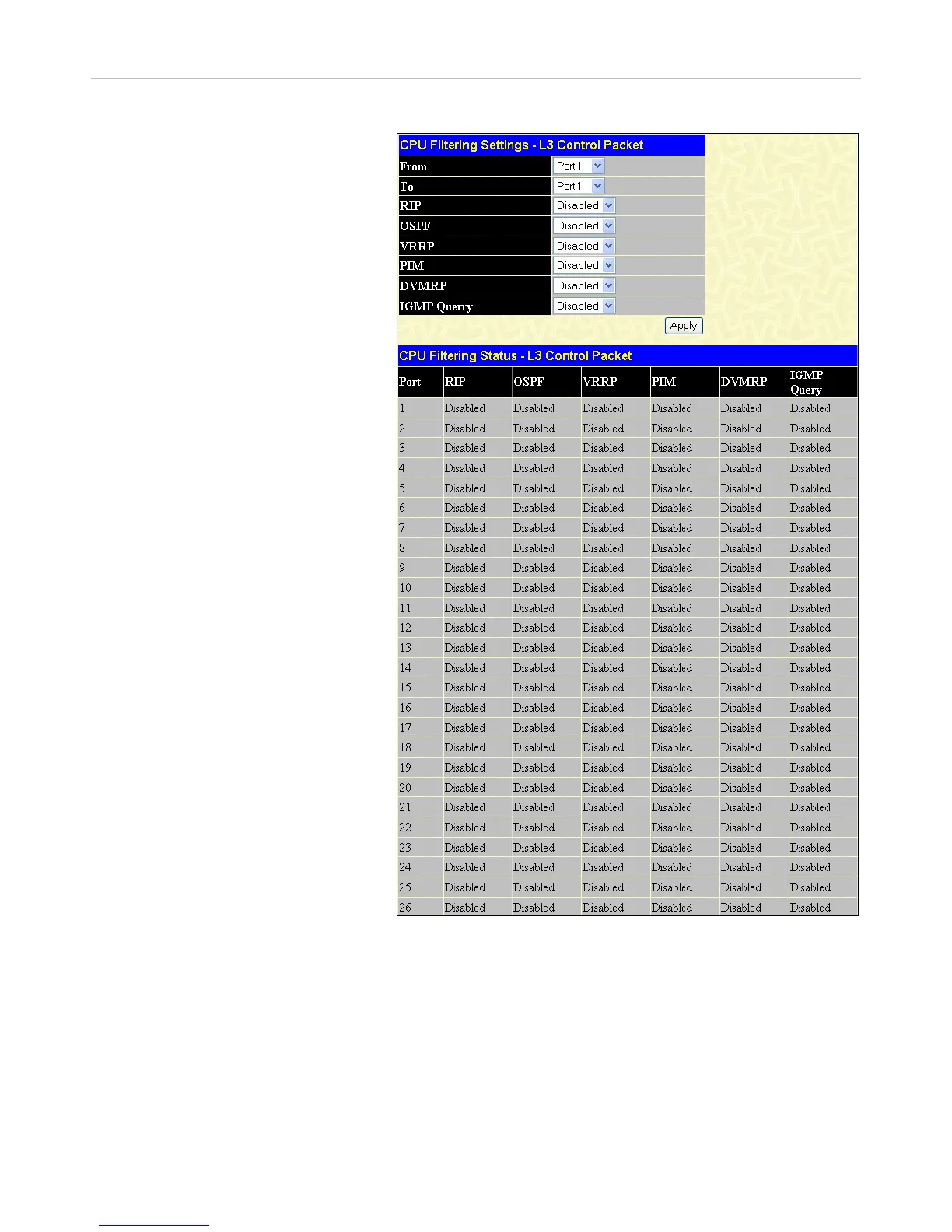